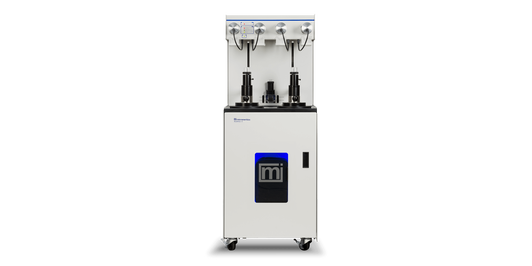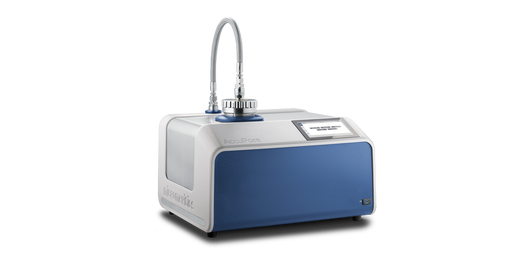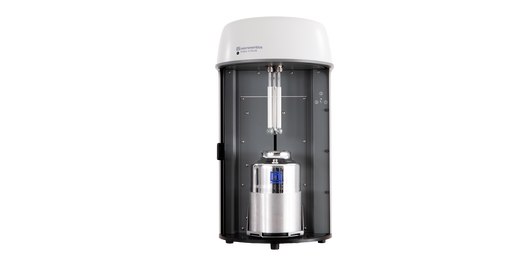
Optimize materials with detailed pore size distribution analyses
Pore size refers to the diameter of the void spaces within a material. These pores can range from nanometers to micrometers and are a critical to the performance of materials like membranes, catalysts, adsorbents, ceramics, and battery components.
Pore size distribution describes the range and volume filled through different pore sizes within a material. It provides a comprehensive profile showing how many pores fall into specific size ranges.
Both pore size and distribution are key parameters that influence how a material behaves in real-world applications. Accurate measurement and control enable better material design, consistent performance, and improved process outcomes.




Several techniques are used to measure pore size distribution. In many cases, combining techniques gives the most complete picture of pore size distribution and material behavior.
Gas adsorption measures the amount of gas adsorbed at different relative pressures; models such as Barrett-Joyner-Halenda (BJH) and Density Functional Theory (DFT) are used to derive pore size distribution.
In mercury intrusion porosimetry, mercury is forced into the pore under pressure; the Washburn equation is used to infer pore size based on the volume intruded at each pressure.
Capillary flow porometry measures the pressure needed to displace a wetting liquid from through-pores; it differentiates between the smallest and largest flow paths.
Imaging techniques such as X-ray Diffraction (XRD), Scanning Electron Microscopy (SEM) and Transmission Electron Microscopy (TEM) provide direct visualization of 2D or 3D pore structures.
Liquid-liquid porometry measures the pressure needed for one liquid to displace another liquid from pores.


